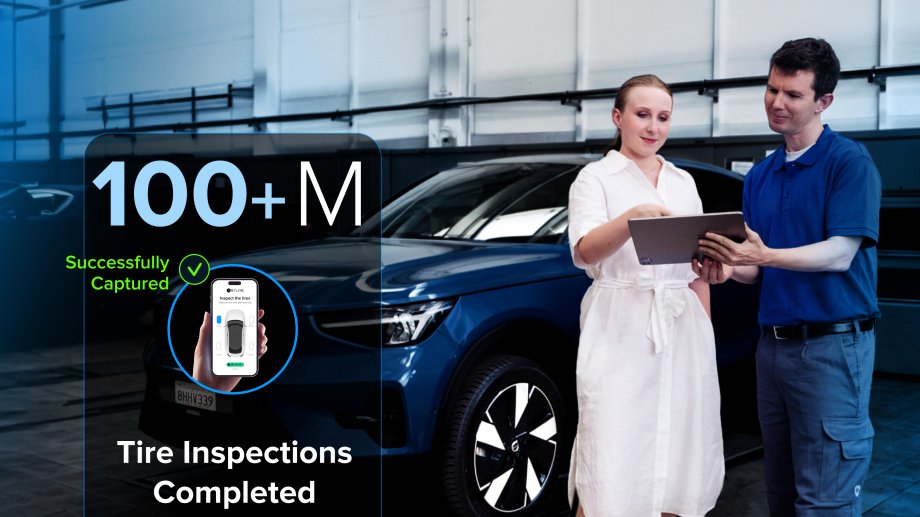
Disruptive Innovations in the Auto Industry
Technology within the auto industry is changing the way organizations operate. Anudar Hannibal, who is the Managing Director at Curve Eight, a division of 1886 Ventures, is working to discover, validate, and develop sustainable and innovative technology for this industry. Over her 25 year history working for Mercedez-Benz, she’s seen a significant amount of innovation come into the industry and revolutionize it.

Technology Is Developing Rapidly
Right now is an exciting time for the industry with the development of innovative solutions to solve modern problems. Disruptive innovation in the last few decades has truly changed the way people drive. Consider some examples of what’s happening in the industry now.
The move towards EVs is changing the industry and the entire supply chain with it. Another such change is the sharing economy, which means that people may be more likely to invest in a car subscription service.
The Importance of Digitization
All of today’s most important innovations rely on digitalization. The traditional players in the automotive market build cars. They are not software companies, and that means they don’t have the working components to implement digitalization as quickly. As a result, organizations need to have partnerships in order to remain competitive in this industry. These collaborations are critical to the changes being found in the automotive industry.
This disruption in the industry is likely to weed out many organizations. Those that are able to be flexible and collaborate with software and tech leaders are those that are going to maintain their position in the automotive field because it is too expensive and too time consuming to develop these solutions on their own. When organizations focus on their core competencies and partner with others in a collaborative fashion, bigger and better outcomes are possible.

Technology Facilitates Results
Organizations that are able to adapt and use tools that are a plug-in-and-go solution. By utilizing these types of tools, organizations are able to continue to move rapidly forward. Those who do not do so will likely struggle to remain competitive in the long term.
Overcoming the Challenges
Technology is always going to have some level of pushback. Even the seatbelt was thought of as a bad investment when it was first launched decades ago. Organizations will likely experience some level of pushback as they move to incorporate new technology, and that is something that has to be considered as they move forward.
Organizations that work to fight against disruption are likely to be held back, but those who listen to consumers and learn about new technology are likely to be in a win-win situation instead.
There’s also the need to educate, especially when it comes to new technology in the hands of consumers. Consumers don’t know what they need and want because they have no experience with the new tools, just like they didn’t know they needed an iPhone until they were launched. For that reason, educating consumers is critical.

What’s Next in the Industry?
Disruption and innovation are just that – ever changing and expanding. As a result, it can be important to continue to look forward to what’s next.
Autonomous vehicles and more automated solutions within the automotive sector are likely to be the continued growth pattern for technology. There will be more opportunities to add automation into every sector of the industry, too, such as in building autonomous vehicles that manage fleets and meet the needs of larger organizations, reducing the risk of hiring drivers. For most of today’s organizations, the move towards autonomous – not just driving but in all other applications – will also be critical.
The key to the future of the automotive industry is likely to focus heavily on automating as many of the human-focused points as possible. By incorporating more automation and streamlining operations, safety improves, efficiencies grow, and organizations are able to achieve more of their goals over the long term. This is an industry that is being disrupted, and in doing so, massive changes and opportunities lie ahead for companies who maintain their presence at the forefront.
To listen to the full audio interview, click here.

